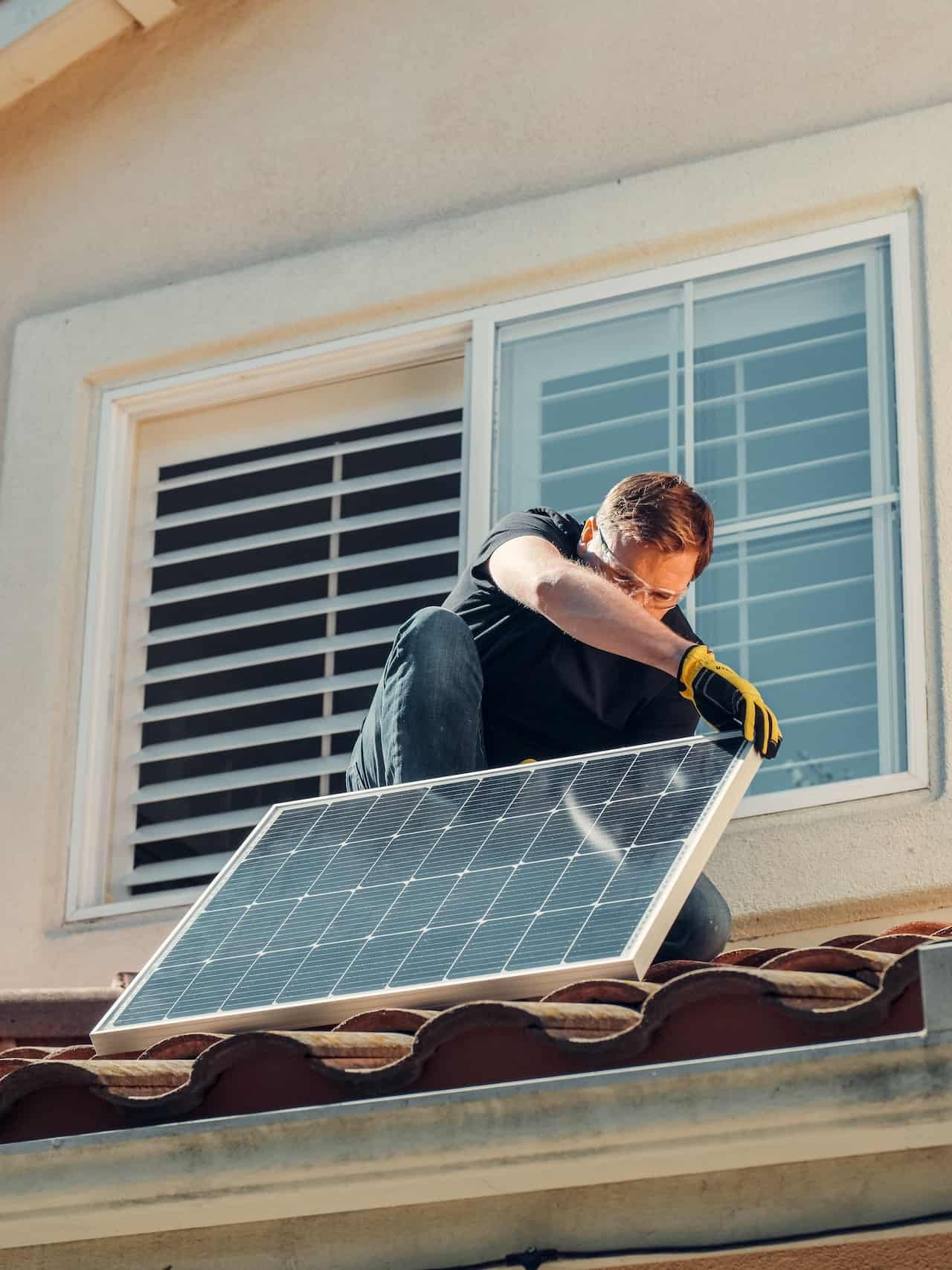Thanks to advances in tech, green HVAC Systems and green heating and cooling technology are becoming much more prevalent in today’s society. Green HVAC systems require much less energy than their traditional counterparts and can help reduce energy consumption by about 30 to 50%, thereby increasing energy efficiency.
The most significant benefit of saving energy is cutting energy costs and saving significantly when it comes to homeowners. Moreover, green HVAC systems have quite less environmental impact than traditional HVACs. These single-unit systems provide thermal comfort by heating or cooling and maintaining a good quality of indoor air.
Benefits of HVAC systems
There are numerous benefits to reap when it comes to green HVAC systems. Green HVAC systems are extremely reliable and efficient and require little or no maintenance, in addition to reducing energy costs and environmental impact. Let us look at the benefits of green HVAC systems in detail:
Conserving energy
The green HVAC system might initially require a higher investment, but it can help you significantly reduce energy costs in the long run. An HVAC system comes enabled with both heating and cooling properties in a single unit, thereby saving overall installation time, power, space, and energy bills.
The new green HVAC systems can be controlled in terms of energy consumption and are equipped with sensors and other advanced technology. Moreover, zonal control features present in green HVAC systems allow the creation of heating and cooling zones capable of functioning independently. Thus, only the required rooms can be cooled instead of the entire building. This eliminates the consumption of unnecessary energy and helps save on energy bills.
Improving indoor air quality
The indoor air quality is often found to be worse than that of the outdoors, thanks to the congestion of air indoors. The contaminated indoor air, which is about 2-5 times worse, can be notorious as it causes numerous health problems like colds, allergies, etc. The quality of indoor air can be improved a lot by the use of green HVAC systems so that you can breathe without any worry.
Green HVAC systems can easily detect carbon dioxide levels in indoor air when it surpasses its safe limits, thereby boosting fresh air and ensuring that comfortable and optimum temperature is maintained. A green HVAC system helps reduce carbon footprint, which contributes a long way to a green environment.
Smart Capabilities of green HVAC systems
HVAC systems incorporate advanced technologies like smart thermostats, which can easily follow your instructions. This is extremely helpful as the HVAC system can sense your room temperature and heat or cool the indoor air accordingly. Thus, you can set temperature settings that will instruct the HVAC system to maintain a specific temperature range according to your comfort.
This green technology not only gives you control but also helps you save on electricity bills by making your HVAC system function only when required, thereby making them much more energy efficient.
Offers remote access
The best thing about smart technology is remote access; green HVAC systems are not alien to that. These systems can be switched on while you are on the way to your home. You can preheat or cool your space even before you reach home. Green technology is evolving, and thanks to green HVAC systems, you can now enjoy clean air and reduced energy costs. Green HVAC systems have thus become extremely important to provide comfort to your indoor life.
Regulating indoor moisture
The right amount of moisture in the indoor air is important for your health as well as that of your building structure. It is well known that too much moisture can cause mold and mildew in your home. At the same time, less moisture can cause discomfort and heat loss. This is when green HVAC systems come to the rescue, as they can regulate the amount of moisture by pushing out dry and cool air and replacing it with air that’s moist and warm.
Most common types of Green HVAC systems
Geothermal Heat Pumps: These draw heat from the ground, which is released when the temperature outside drops in winter. This heat is stored in looped pipes and used to regulate the temperature indoors, depending on the weather.
Dual-Fuel Heat Pumps: These combine a gas furnace and an electric heat pump to create an energy-efficient unit. Heat pumps come with special features that instruct the unit to switch from electricity to gas power when the temperature is lower than 35 degrees. These units become eco-friendly solutions and help simplify life.
Ice-Powered Air Conditioning Units: Ice-changing technology in ice-powered air conditioning units freezes gallons of water at night and then switches on the cooling mode to condition the air. The system shuts off once the ice melts, and the regular AC unit then switches on. This green technology is now implemented in numerous commercial properties.
Solar Energy Systems: Green HVAC systems can run on renewable energy, like solar energy, that can be produced by installing solar panels. The solar panels, when installed, make your HVAC systems much more energy efficient and also reduce energy costs as they do not have to work that hard.
Wind Power Systems: Small wind turbine water heaters can be used in place of standard water heaters, replacing electricity with wind energy. These wind power systems can easily be installed on the property’s roof or the lawn, usually somewhere that has exposure to wind.
Conclusion
Green HVAC systems are now playing an important role in green buildings as they have numerous benefits. These include reducing energy consumption, delivering a healthy indoor environment for living, delivering a healthy office environment for working, cutting electricity costs, and reducing carbon footprint. It is thus a great idea to invest in green HVAC systems to not only enjoy health benefits but also to look after the environment.





